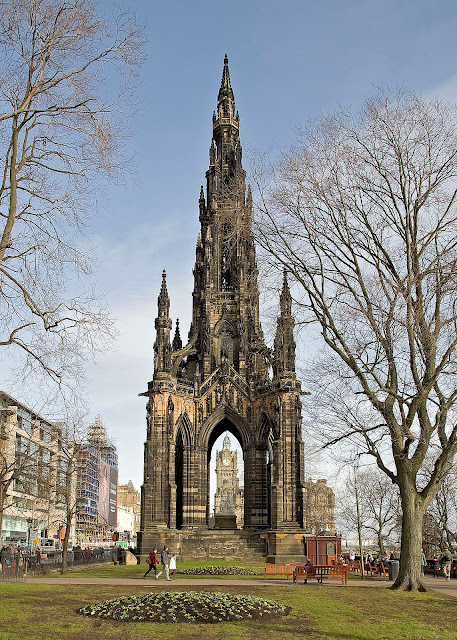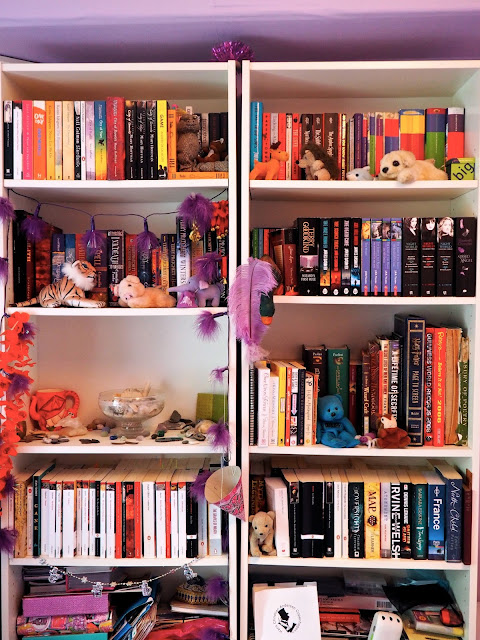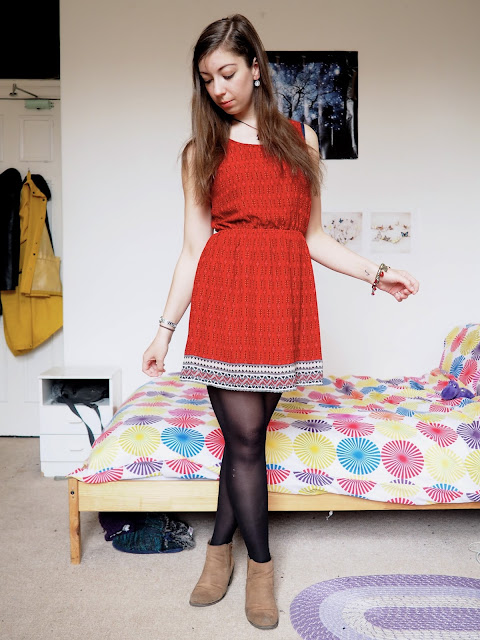
Edinburgh Literary Locations
In 2004, Edinburgh was named the first UNESCO City of Literature, the first in the Creative Cities network, which now spans over 100 cities around the world chosen for various creative pursuits. But it makes sense that Edinburgh was chosen for literature, as the city has been the home and the source of inspiration for many famous authors over the years. Stories are a rich part of Scottish culture and heritage in general, so it was only natural that eventually we’d start writing them down, to form our strong literary heritage. So, when visiting Edinburgh, literature lovers might like to explore some of the notable locations around the city, linked to various writers and their works.
 |
| (source) |
The Writer’s Museum
The Writer’s Museum is one of the most obvious locations to check out, a museum full of artefacts relating to three of Scotland’s most famous writers, Scott, Burns, and Stevenson (more locations for them all are listed below!). The museum has former possessions of theirs, and early editions of their manuscripts and other writings. It’s located in a building in Makar’s Court, a makar being the Scots word for a poet or writer, and there are stones in the ground of the courtyard engraved with quotes from other famous writers. For more about the museum, see my post about it.
Scottish Storytelling Centre
Sir Walter Scott
Robert Burns
Robert Louis Stevenson
Sir Arthur Conan Doyle
Sherlock Holmes is also memorialised in a statue on Picardy Place, the location where Conan Doyle was born, depicted wearing his iconic outfit of a cape, pipe, and deerstalker hat. Just across the road from the statue, you can pop in for a pint at The Conan Doyle pub!
Muriel Spark
To see some of the filming locations, head to the Edinburgh Academy on Henderson Row, which was used as the exterior of the fictional Marcia Blaine School for Girls. And to visit one of the most scenic locations, you can retrace Miss Brodie and her students’ walk through the Vennel, the Grassmarket, and Greyfriars Kirkyard.
Ian Rankin
The other most popular location is the Oxford Bar, located on Young Street, which Rebus visits frequently. This is a real pub, which Rankin often goes to himself (he even had his stag party here!), and he chose it for the books because it is a real, simple pub, with no bells or whistles, a side of Edinburgh that many tourists rarely see. Dozens of other Edinburgh locations are mentioned throughout the series, which die-hard fans will be able to track down easily!
J.M. Barrie
Irvine Welsh
Much of the film was actually shot in Glasgow, rather than Edinburgh, but one of the most iconic scenes that was filmed here is the opening, where Renton and Spud bolt along Princes Street, running from security guards, The chase continues along Hanover Street, ending at Regent Bridge, so you can recreate the route for yourself!
David Nicholls
You can then retrace Emma and Dexter’s walk through the city, as they meet in Parliament Square, then wander by the High Street, Victoria Street, Warriston Close and, most famously, climb up Arthur’s Seat. Rankeillor Street is also featured, as the location of Emma’s flat, and this was the same street Nicholls lived on for a summer, his first time in Edinburgh, when acting in a Fringe play. You can also explore the New Town, where the couple shared their first kiss on Moray Street, before parting ways outside Dexter’s flat on Fettes Row.
Alexander McCall Smith

Green | Colour
You May Also Like

2017: Best Of
29 December 2017
2016: Best Of
28 December 2016
